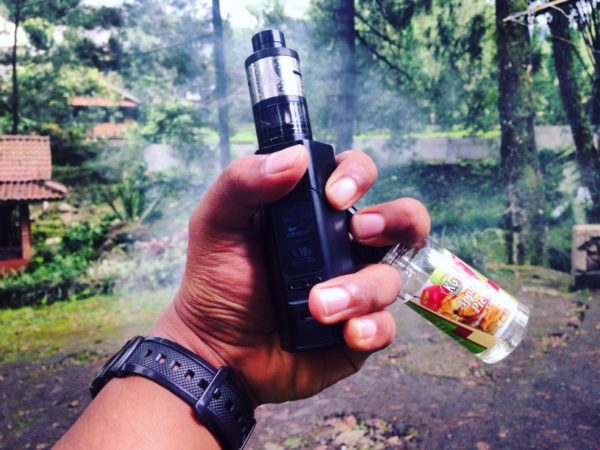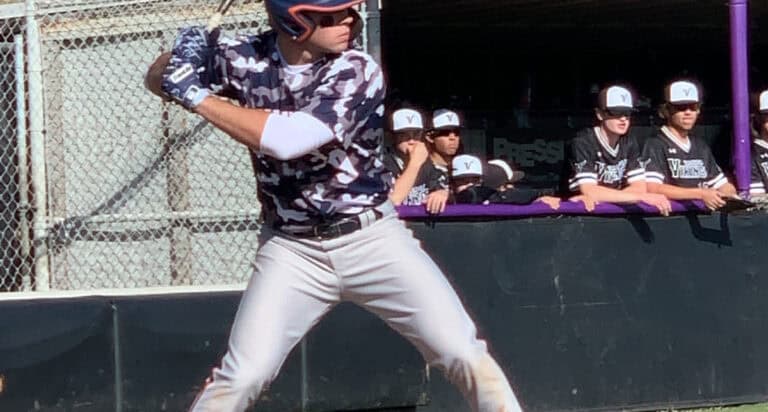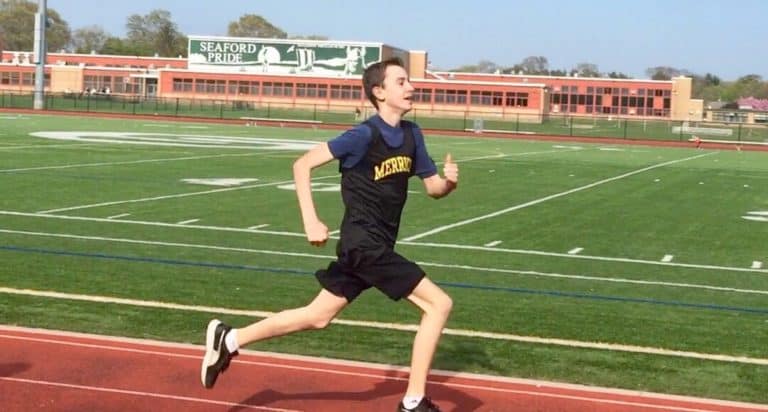It’s truly an epidemic now–vaping or the the use of e-cigarettes among teenagers (and even ‘tweens) is a full blown health crisis. The U.S. Surgeon General even called it such last year, and the FDA is continuing to introduce new restrictions on e-cigarette manufacturers with the intent to curb their sale and use among minors. Unfortunately, recent data by the Centers for Disease Control suggest vaping is still on the rise, with an increase of 78% from 2017-2018.

Parents are at a loss. Teachers are at a loss. And even pediatricians are at a loss as to how a device as small as a USB drive (and packed with more nicotine than a combustible cigarette) has reached an entire nation of high schoolers, getting them hooked on something that was initially developed to help adult smokers quit smoking. Vaping devices are dangerous because of the kind of nicotine in them called “nicotine salts” which more closely resemble the nicotine in tobacco leaves. In addition, vaping pods can contain benzoic acid, which the CDC notes is “known to cause coughs, sore throat, abdominal pain, nausea, and vomiting if exposure is constant.” This is due to the way benzoic acid is used to increase the potency of the nicotine salts in its e-liquid. Ironically enough, vaping among teens is now believed to actually be driving youth to regular cigarettes use.
But there’s something else going on here, and it’s the fact e-cigarettes are being used among nearly every demographic and, in particular, use among high school athletes is rising. It’s those students who typically shy away from cigarettes and alcohol for health reasons (and because they consider themselves athletes), who are not saying “no” to smoking e-cigarettes, but instead are finding themselves victims of an addiction that is severely affecting their athletic performance, among other things.
The Truth Initiative, the nation’s largest non-profit public health organization whose goal is to end all forms of tobacco use, has developed the first of its kind e-cigarette quitting digital program aimed directly at teens. According to the Truth Initiative website, the new e-cigarette quit program will “deliver tailored messages via text that give age-appropriate advice for quitters age 13 and older, including information about nicotine replacement therapy.”
They have reported that teens who use the service to try to quit vaping make statements related to their declining health and the ability (or inability) to play high school sports. In other words, addicted teen athletes, without external prompting, are noticing the harmful effects that e-cigarette use is having on their ability to play sports.
They are seeking help, but is it too late?
While educational campaigns, new quitting programs, e-cigarette awareness initiatives, and the restrictive e-cigarette sales to minors are a first step in helping teens quit or say no to vaping from the start, one Nebraska school district refuses to wait around for that to happen. This fall, Fairbury Public Schools will add nicotine to their list of substances that they will randomly drug test for, and if you’re a student wanting to participate in an after school activity, including athletics, you’re susceptible to being tested. And they’re not alone. Brock Independent School District in Brock, Texas, voted in February to add nicotine to the list of substances for which students in grades seven through 12 can be randomly tested for, and the same policy applies to students who drive a car to school, not just kids who are doing extracurriculars.
Nebraska schools, along with schools in Maryland, Virginia, Pennsylvania, New Jersey, Arizona and Illinois, are also adding WIFI enabled “vape detectors” in school bathrooms and locker rooms to catch students vaping, since it’s nearly impossible to smell or see them doing it. The vape detectors work like smoke detectors, issuing an alarm when there are changes in room humidity and air content.
The academic and societal pressures our teens face is already daunting, but now we’ve added a nicotine addiction for which there are too few quitting resources available. Thomas Ylioja, a tobacco cessation expert at National Jewish Health in Colorado, is adamant about keeping teens, especially athletes, away from e-cigarettes, and at the same time not shaming them when they reach out for help. He stated, “The athletes we’re hearing from, they don’t like how it feels. They start to notice that their lungs are burning when they’re using the device. We’re trying to let them know, if you’re feeling that, and it’s your vape, that’s probably a sign that it’s not working for you, and you need to do something different.”
Vaping does not work for any teenager, on any level, even when it’s used to help teens quit regular cigarettes, but especially when it’s used by our most physically active students. Perhaps random nicotine testing will be a way we can curb their use. “We are trying to give our kids an out of not doing it,” Brock ISD Athletic Director Chad Massey said about random testing, “That’s what our main goal is, to prevent any kid from doing any kind of drug or nicotine.”
You May Also Want to Read:
Huge Increase in Teen Vaping, But Let’s Focus On Good News About Teens









